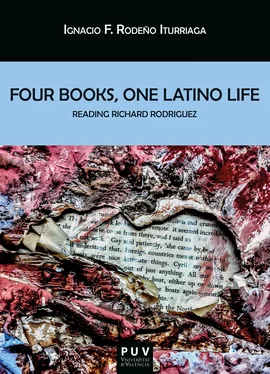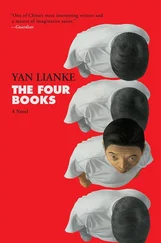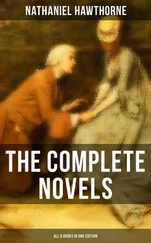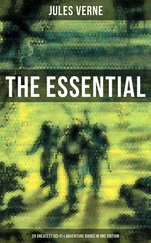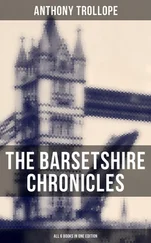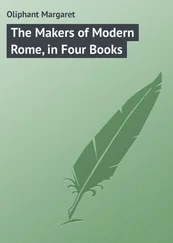With a similar disposition as Olney’s, Paul John Eakin argues that autobiography is a psychological activity typified by a progressive process of creativity and re-invention of the self by himself. According to Eakin, the autobiographical act is a restaging of the drama of identity formation, not as a mere unblemished, transparent record of a completed, polished, refined self but as a decisive stage within the uncertainty, ambiguity, and anguish that self-definition entails.
In his first book, Fictions in Autobiography (1985), Eakin reveals his preoccupation for the degrees of truth and fiction that may be present in formal autobiographies. Already in 1957, Northrop Frye had dealt with the cultural ramifications of literature and by placing autobiography under the epigraph of fiction, he contributed to the ambiguity we perceive today. In Anatomy of Criticism (1957), Frye fused together fiction and narrative of the self by means of a gradation that made him classify the texts as “confession” or “fictional autobiography” whether they had been published before or after Rousseau’s Confessions . In Frye’s words, autobiography “merges with the novel by a series of insensible gradations. Most autobiographies are inspired by a creative, and therefore fictional, impulse to select only those events and experiences in the writer’s life that go to build up an integrated pattern.” (307)
Instead of starting from this traditional standpoint, passed down from Rousseau, which supports the notion that fiction favors the success of the autobiographical text, Eakin assumes from the onset that autobiographical truth is made up by certain myths or fictions. He asserts that individual personality is ascertained along with the acquisition of language, and that it is a mythical structure. Eakin shows how writers have incorporated fiction in the publication of their lives when they try to touch on biographical truth, and the scholar affirms that it is precisely that intentionality what characterizes autobiography as such. Together with Olney, Eakin believes that one may consider as factual, real, the past that memory formulates, as well as the needs of consciousness in the present; thus, attenuating the differences between the being from the past and the being from the present, and in this way creating a self through the writing of memory.
In Eakin’s Touching the World (1992), the scholar reaffirms the referential structures of narrative and chronology, while at the same time underscoring the interdependence between language and the self, and mitigating the tensions that appear in the debate about autobiographical writing between essentialist and textualist critics. When Eakin upholds that autobiography is a narrative that is necessarily based on temporality, he is defending Lejeune’s “autobiographical pact,” although he regards autobiography’s referential art with a caveat: the nature of referentiality in the 20 thcentury does not necessarily presuppose a simple model of cohesive individuality, something that was characteristic of an earlier epistemology. It is clear, then, that Eakin partakes of a phenomenological notion of self that has its origin in Paul Ricoeur’s hermeneutics. It was Ricoeur who analyzed representation of time in narrative by stating that narrative as a reference structure cannot be interpreted as something proper to a specific time, which was a literary convention inherited from the 19 thcentury historicist paradigm of subject.
Because of the close relationship between contextual referentiality and autobiography, we must approach the ties between sociology and the narratives of the self. This connection is particularly important due to the concerns of literary theory and criticism with ethnic and gender issues. In this sense, the historical treatment of subject has been replaced with these orientations, foci perceived as representative of the social groups that ooze multicultural diversity. Interest on multiculturalism emerges from the social improvements of the 1970s and 1980s, and it acquires special relevance in the field of literary theory from the mid-1980s onwards. In 1994, David T. Goldberg theorizes on the effects of cultural heterogeneity with regard to the individual. It is in this context that the notion of the individuality of the self is being appraised, but instead of examining it as a private subjectivity, it is being studied as a cultural construction where terms such as “the other” and “difference” come up constantly in the critical discourse. This discourse attempts to make inventory of those differences based on gender – feminine, masculine, heterosexual, homosexual– and/or differences grounded on cultural otherness. It aims to define and theorize autobiography by including these variables in the practice of textual analysis.
The narratives of the self have contributed in a significant way to the development of social history and political thought because they offer the possibility of enunciation to individuals who otherwise would be excluded from the spheres of public, social, and political representation. The debates on gender and sexual issues have been important in the development of the social movements of women and of LGBTTQI+ groups. What is more, they have been invaluable in the formulations about the distinctive nature of women’s and of LGBTTQI+ literatures. Because the distinction man/woman and heteronormative/non-heteronormative (whether gay, lesbian, bisexual,…) have function in Western history as basis for social differentiation, one can assert that issues of identity, experience and representation found in women’s and LGBTTQI+’s autobiographies are closely linked to more global affairs such as politics, culture and society.
The body is a site of autobiographical knowledge –memory itself is embodied– and autobiographical narrators are embodied subjects, therefore life narrative is a site of embodied knowledge. Paul John Eakin argues “our lives in and as bodies profoundly shape our sense of identity.” ( How Our Lives xi) Cultural discourses dictate which aspects of the bodies become significant: what body becomes visible, how and when it becomes visible, and what that visibility means. In this sense, the autobiographers are also embodied in the sociopolitical body, since a series of cultural tenets and attitudes have encoded the public meanings of those bodies and at the same time have founded and reinforced social relationships of power. Chicana authors and activists Gloria Anzaldúa and Cherríe Moraga draw attention to their lesbian body as a source for their political consciousness, elaborating their complex position as women, lesbians, biracial and multicultural Chicanas.
Since the 1980s, feminist critics and scholars have found in life narratives by women a wide, unexplored field that has allowed them to analyze the literary genre in relation to gender and sexual parameters. Elaine Showalter labeled them “gynocritics.” (“Women’s Time” 37) In using this term, Showalter includes the idea that these women belong to the American school of criticism, a school that aims to recover lost texts and to subvert the established literary canon. For their part, those scholars who build their work in a European philosophical, psychological, and/or linguistic intellectual tradition also find in autobiography fertile soil to explore gender issues. This is what Alice Jardine calls “gynesis.” (26) A considerable group of female critics have explored the ways in which women’s narratives of the self are different from the male written counterparts. Estelle Jelinek maintains in The Tradition of Women’s Autobiography from Antiquity to the Present (1986) that women’s autobiography shows a narrative discontinuity that is unique. Mary Mason claims that the female expresses her self through the other (207). Sidonie Smith argues that women autobiographies are constantly exploring the borders between the public and private ( A Poetics 43). Smith denounces that life narratives by women have been silenced or segregated –often labeled as anomalies ( A Poetics 40)– and that the only ones receiving the mainstream’s attention are those that imitate male models and therefore reinforce the erasure of women from the field ( A Poetics 41). Susan Friedman conceives female autobiography as a space where a collective consciousness is exhibited (64). One can postulate the same for LGBTTQI+ texts, as it will be argued later on.
Читать дальше
